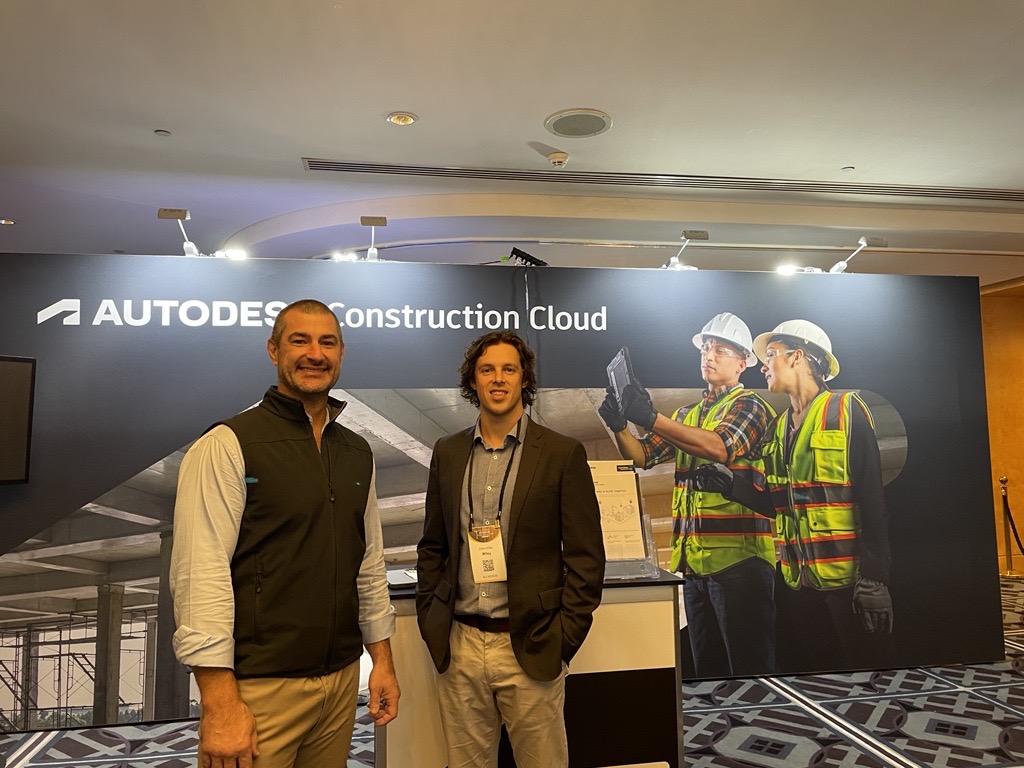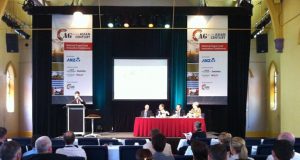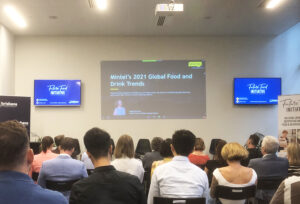Over the 4th and 5th of May, members from Wiley’s BIM team attended the 2022 Future of Construction Summit in Sydney. Held at the Sofitel Hotel, more than 60 guest speakers delivered a range of presentations and panel discussions on technology, innovation and trends.
It’s never been a timelier discussion. The construction industry has seen massive shifts over the past two years, driven by rapid technological change, supply chain impacts and historically low interest rates. This has not been without consequence, and for construction companies to remain sustainable, and keep delivering projects, staying ahead is critical.
So, what does the future of construction look like? Here are our three major takeaways.
From innovation to AI: adopting new technology is key
As always, innovation was a hot word, but some of the most interesting discussions were centred on why innovation is hard to foster. As one government rep admitted, project pipelines are always so packed that it’s hard to take a breath and see how things could be done differently. The panel also discussed the “not on my project” mindset, which received wide support from speakers and audiences as being overdue for a change. The issue is that most Project Managers are unwilling to volunteer their projects to trial a new approach, despite agreeing that innovation is a positive thing.
Another common thread was how construction is trailing when it comes to the adoption of new technology. To inspire future-looking investment, Office of Projects Victoria CEO Cressida Wall extoled the benefits of using artificial intelligence in planning and reporting. She also acknowledged that many companies are still confused by or suspicious of AI and its impacts on the industry.
Despite this talk of AI attracting suspicion, MIT spin-off Boston Dynamics showcased their robotic dog Spot, which could navigate any obstacles around the exhibition floor. With most of the summit focused on talks, this display of AI in action was a highlight.
Like most future-focused companies, Wiley is embracing AI. We’ve implemented automated systems in a number of recent projects with help from our delivery partners. We’re also looking at how adoption of new BIM software can decrease delays by making changes faster and easier for our clients to approve.
Addressing the problem of productivity
President of the Australian Constructors Association, Duncan Gibb, admitted in his opening remarks that productivity growth has been down over the past year. In fact, the topic received its own talk titled “Realising the $15B Productivity Opportunity” in which speakers described what inefficiencies could be eliminated to save $15 billion.
According to Business Development Director of Asite, William Harris, construction employees spend 13% of their time just looking for data. Autodesk Construction Cloud presenter and Asia Pacific Director of Sales, Praveen Tomy, noted that lost productivity due to the concept of “rework” is 14 hours per week, per person. Construction may be a collaborative industry, but it is also very fragmented according to multiple presenters. This could be an underlying problem that needs addressing, rather than implementing Band-Aid fixes to data management and communication.
The future of construction is diverse
One of the most exciting talks at the summit was the Construction Leaders Panel on the second day. Kristine Scheul from the National Association of Women in Construction laid out some big changes we can expect to see over the next 10 years. According to her, diversity will have been mandated and supported on all levels. Some 25% of the workforce will be represented by women, including at leadership level. At Wiley, we’re proud that our gender diversity ratio is already higher than the industry average but we recognise that we still have work to do to encourage female participation in STEM.
Kristine also claimed mental health and safety of workers will receive an even greater focus, alongside mandates of reduced maximum hours (45 hours/week) to create greater job satisfaction. Working with clients to set realistic delivery schedules, alongside adopting productivity-saving measures, will be critical in achieving these important milestones.
Where to from here?
At Wiley, we’re always looking for a better way, so we’re committed to increasing our gender diversity, maximising our productivity and encouraging our teams to embrace the benefits of innovation. Among other things, this includes adopting industry-leading technology that delivers a better experience for our clients across the project lifespan, from design and engineering to project delivery.
These technological advances behind the scenes are what contributes to Wiley’s award-winning project delivery methodology. If you’re looking to understand how the future of construction may impact you or your future projects, please get in touch. Our expert team are happy to help.




